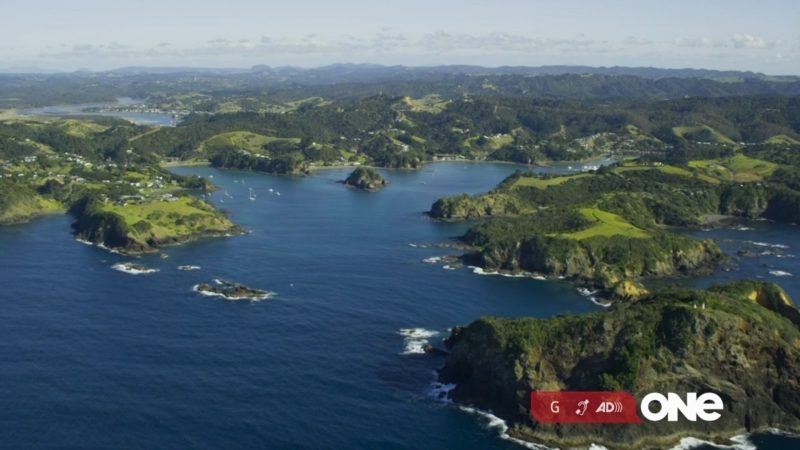The Lakes with Simon Reeve episode 3: Simon Reeve comes to the end of his travels through the Lake District and Cumbria. Simon explores the wild and rugged coast of Cumbria and learns how central the county is to many of the challenges facing Britain. The Lake District National Park includes a beautiful stretch of Cumbria’s coast, where rare natterjack toads inhabit a spectacular sand dune landscape. But this rugged wilderness sits in the shadows of Sellafield, the most hazardous industrial site in western Europe, which is home to hundreds of aging and disused nuclear facilities – including the largest single stockpile of plutonium on the planet.
At a brand new training facility, Simon meets members of the Civil Nuclear Constabulary, an elite unit of armed police that is the UK’s first line of defence against an attack at a nuclear site. He is also given rare access to Sellafield’s aging facilities and some of the men and women tasked with clearing and securing over half a century of Britain’s nuclear waste.
Further down the coast, Simon heads out to sea to visit a much less controversial part of Cumbria’s ‘Energy Coast’ – the second biggest offshore wind farm on earth. But greener energy alone won’t reduce carbon emissions enough to prevent global warming. Vast areas of the Lake District are boggy peatlands. Peat is dense, wet organic matter that stores enormous quantities of carbon. Simon heads up into the fells above Coniston to see a large project that is aiming to prevent the release of carbon from peatlands, reversing this process to restore the land to its former boggy glory.
At the end of his travels through Cumbria, Simon meets James Rebanks, a shepherd and bestselling author who believes that farming could be the solution to many of our national problems, from the loss of wildlife to climate change. His vision of ‘regenerative farming’, where farmers work with the natural world to produce food, is increasingly seen as one answer to the decline of rural communities and the degradation of the natural world.
The Lakes with Simon Reeve episode 3
The Lake District, also known as the Lakes or Lakeland, is a mountainous region in North West England. A popular holiday destination, it is famous for its lakes, forests and mountains (or fells), and its associations with William Wordsworth and other Lake Poets and also with Beatrix Potter and John Ruskin. The Lake District National Park was established in 1951 and covers an area of 2,362 square kilometres (912 sq mi). It was designated a UNESCO World Heritage Site in 2017.
The Lake District is today completely within Cumbria, a county and administrative unit created in 1974 by the Local Government Act 1972. However, it was historically divided between three English counties (Cumberland, Westmorland and Lancashire), sometimes referred to as the Lakes Counties. The three counties met at the Three Shire Stone on Wrynose Pass in the southern fells west of Ambleside.
All the land in England higher than 3,000 feet (914 m) above sea level lies within the National Park, including Scafell Pike, the highest mountain in England. It also contains the deepest and largest natural lakes in England, Wast Water and Windermere respectively.
Lake District National Park
The Lake District National Park is a national park in North West England that includes all of the central Lake District, though the town of Kendal, some coastal areas, and the Lakeland Peninsulas are outside the park boundary.
The area was designated a national park on 9 May 1951 (less than a month after the first UK national park designation — the Peak District). It retained its original boundaries until 2016 when it was extended by 3% in the direction of the Yorkshire Dales National Park to incorporate areas such as land of high landscape value in the Lune Valley.
It is the most visited national park in the United Kingdom with 16.4 million visitors per year and more than 24 million visitor-days per year, the largest of the thirteen national parks in England and Wales, and the second largest in the UK after the Cairngorms National Park. Its aim is to protect the landscape by restricting unwelcome change by industry or commerce. Most of the land in the park is in private ownership, with about 55% registered as agricultural land.




